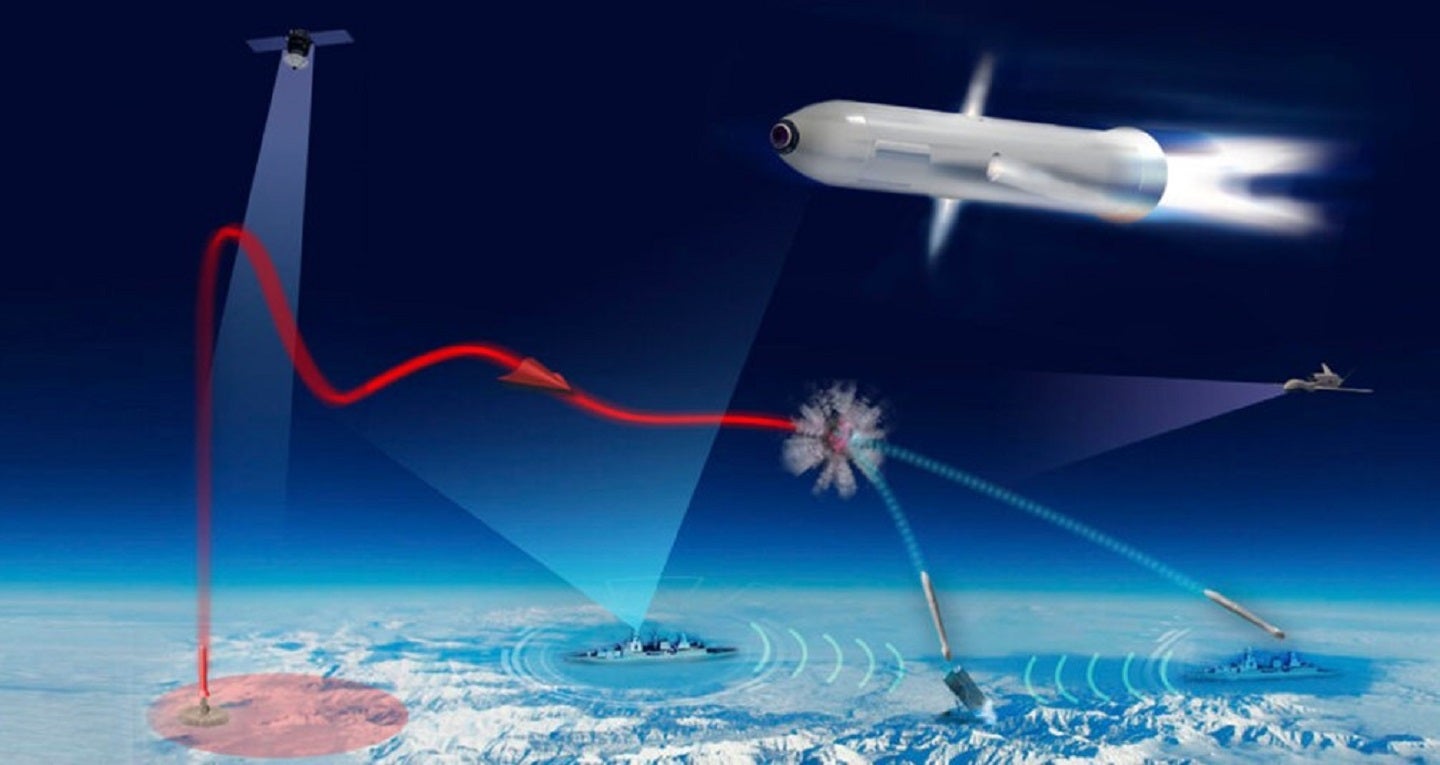
As a consortium partner, Diehl Defence announced that OCCAR signed the Hypersonic Defence Interceptor Study (HYDEF) in Bonn, Germany on 31 October.
This marks the official start of the project. The consortium consists of 13 companies from seven European nations. The project is being funded with €100m ($106.3m).
Spanish Missile Systems (SMS) is responsible for project management within HYDEF. Meanwhile, the German air defence systems manufacturer, Diehl Defence, headquartered at Lake Constance, manages the technical implementation, from the development of the overall system to the interceptor itself.
HYDEF is based on the successful signing of the contract in July 2022, when the European Commission announced the HYDEF project as the winner of the tender. At that time, the HYDEF project was able to prevail over the competitor and could clearly win the Europe-wide tender.
On the German side also Hensoldt and Airbus are involved as national partners in the HYDEF project. The goal is to expand the technology leadership in Germany and to provide the user with fully accessible, open system elements.
Diehl Defence CEO Helmut Rauch congratulated the project team, commenting: “This is an important milestone for the HYDEF project. The realisation of tomorrow’s air defence, specifically against hypersonic threats, can now begin in Europe.”
Current state of hypersonic missile development
The US, Russia and China are all testing hypersonic technology, generating fears of escalating global competition for weaponry that has the potential to render current defences inadequate.
Hypersonic refers to aerial objects—including aircraft, missiles, rockets, and spacecraft—that can reach speeds through the atmosphere greater than Mach 5, which is nearly 4,000 miles per hour (6437 km/h).
In Europe, GlobalData analysts note that, at least on the surface, it appears “Russia seems to be the furthest ahead, having launched the Kh47M2 ‘Kinzhal’ missiles on Ukraine from a MiG31K.”
However, “more accurately this is an air-launched ballistic missile with little hypersonic boosting, gliding or manoeuvering capability.”
This is an observation echoed by MBDA Germany’s Director of Future Systems, Dr Dirk Zimper, during an international press event at the company’s Schrobenhaussen facility last week, where he commented that “hypersonic weapons fly aerodynamically” while the Kinzhal “lacks manoeuvrability” and therefore an unpredictable “trajectory or curvature.”
On the world stage, it appears the furthest development in hypersonics may be seen in the US Navy, where the service recently began trialling its Conventional Prompt Strike hypersonic missile system onboard its Zumwalt-class destroyers in early September. The programme is in a phase of rapidly developing fieldable prototypes within an acquisition programme.
OCCAR’s HYDEF programme
Intercepting hypersonic threats is just as significant a step as fielding the threat itself.
In the future, the HYDEF system will be able to detect and intercept hypersonic cruise missiles (HCMs) as well as highly agile hypersonic glide vehicles (HGVs).
All this will be realised through the networking of various, partly space-based sensors and the interceptor systems which will be deployed based on existing Nato ballistic missile defence command and control systems wherever possible.
The milestone is not just a step forward technologically, but also a step toward an independent European defence industry.
In December last year, when OCCAR signed the contribution agreement, the director emphasised that “OCCAR and the Commission should grow more and more in order to strengthen the European Defence Industry and to assist Europe in making its defence environment more independent from our strategic partner across the Atlantic.”
This will become more and more pressing as Professor Justin Bronk, Senior Research Fellow in Airpower and Technology at the Royal United Services Institute stated that “the US military will be desperately stretched against the Chinese threat that they will be less able to defend their allies.
“[The US] are going to be pulling [equipment] out of Europe not putting it back in,” he added.



